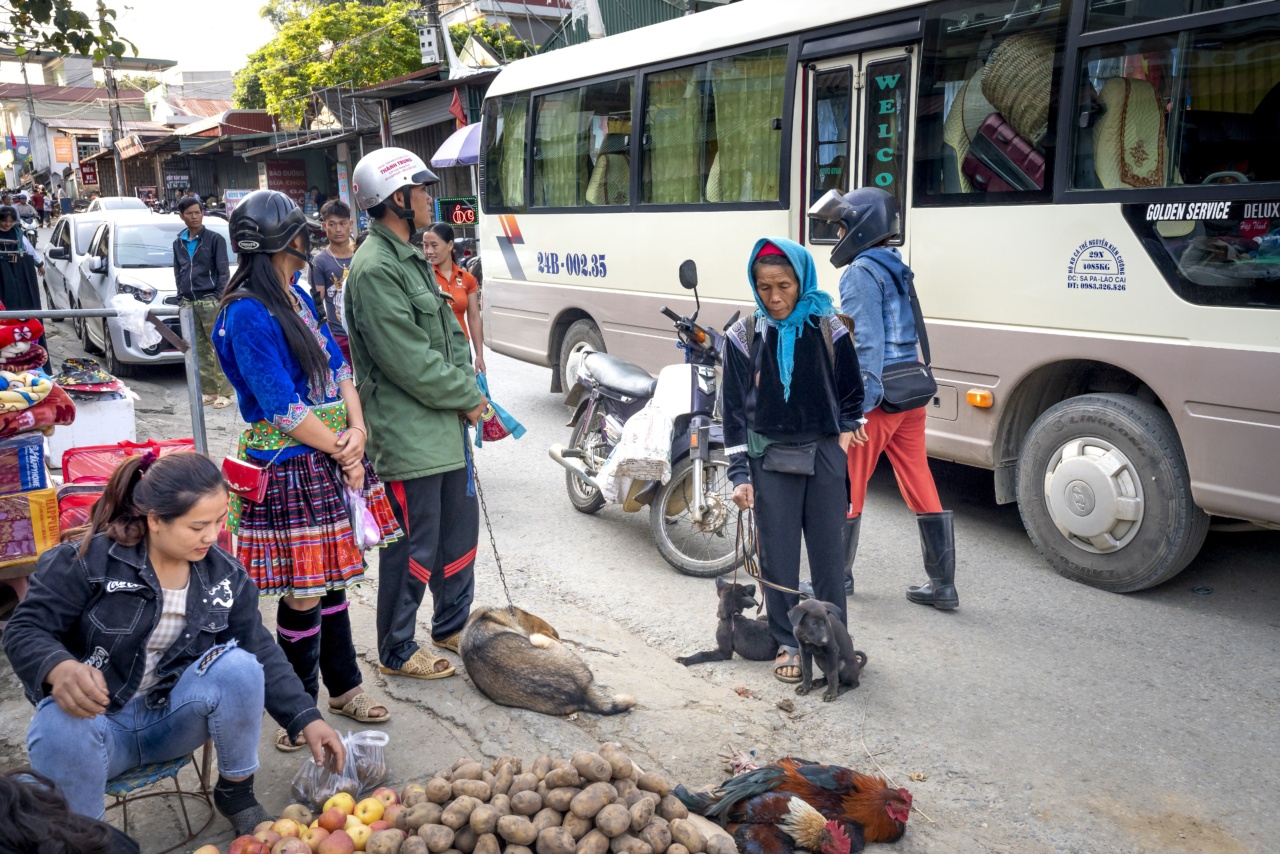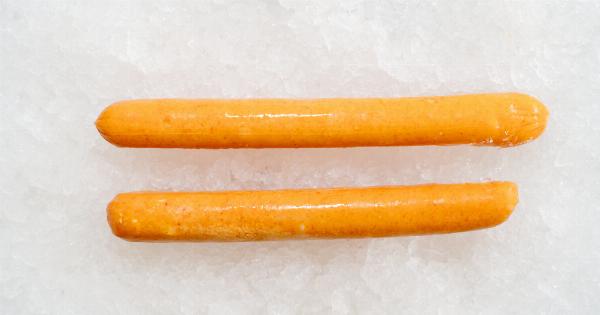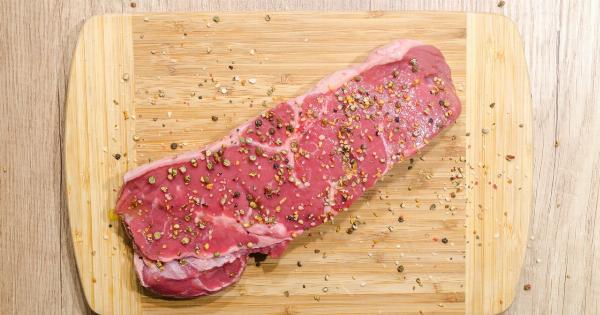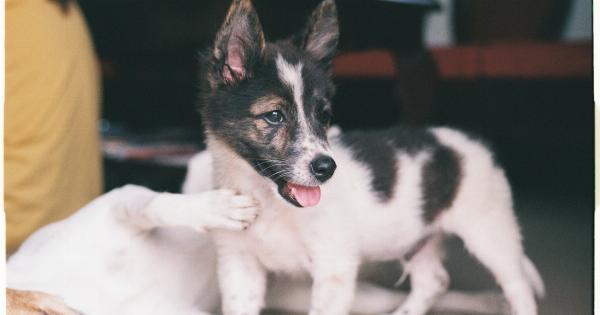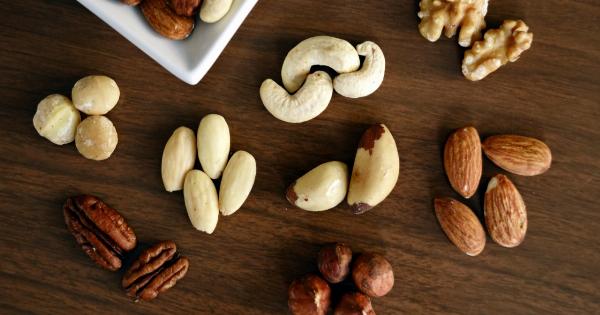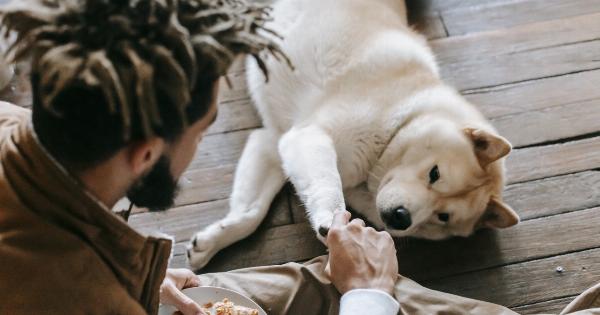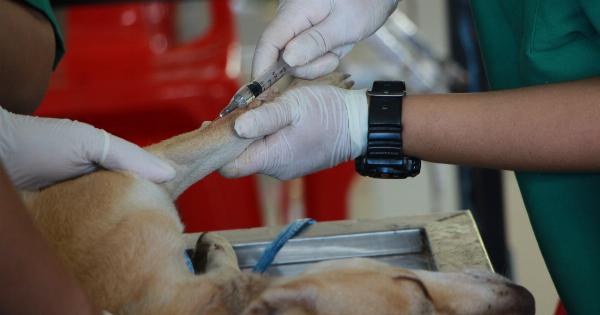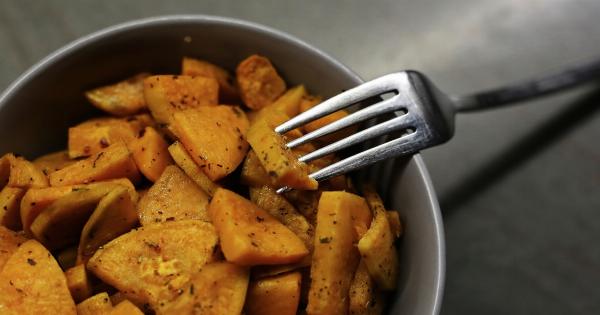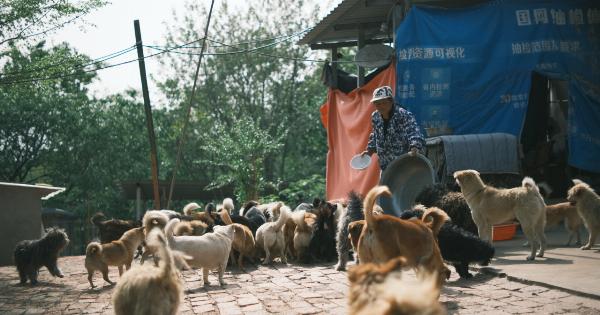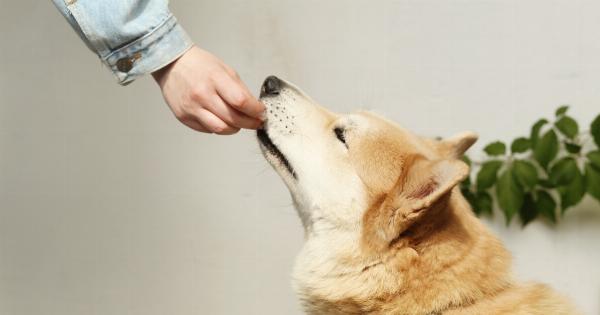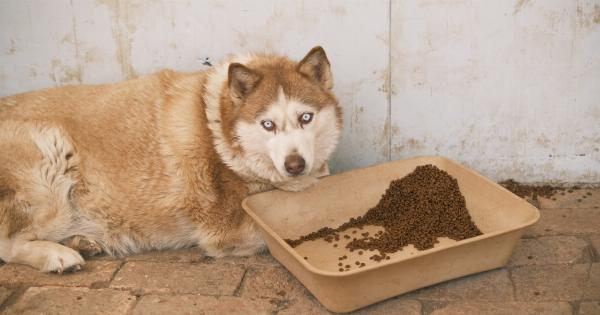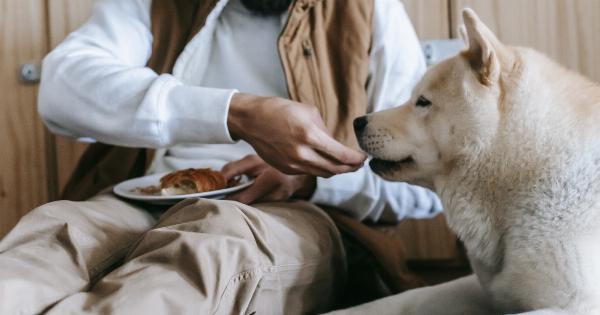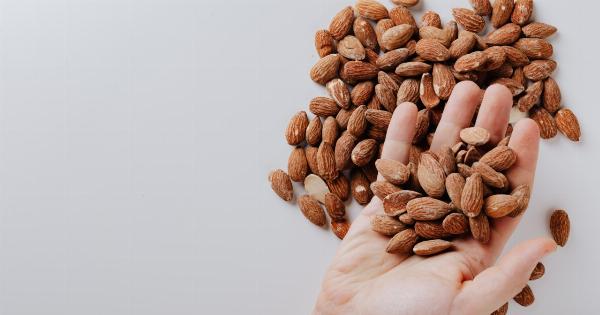Raw dog food might sound like a new trend, but dogs have been eating raw food for hundreds of years. In recent years, this trend has been growing in popularity, and more and more pet owners are switching their furry friends to raw dog food.
If you are considering feeding your dog raw food, there are a number of things that you should consider before making the switch.
In this article, we will discuss the benefits of raw dog food, what to consider before making the switch, and how to safely transition your dog to a raw diet.
The Benefits of Raw Dog Food
Raw dog food can provide many benefits for your furry friend. Here are some of the top benefits:.
Improved Digestion
Raw food is more easily digestible than processed food. This can help improve your dog’s digestion and reduce the risk of digestive problems such as bloating, constipation, and diarrhea.
Healthier Skin and Coat
The nutrients found in raw dog food can help improve your dog’s skin and coat. Many pet owners have reported that their dog’s coat has become shinier and softer after switching to a raw diet.
Stronger Immune System
Raw dog food contains essential vitamins and minerals that are important for a healthy immune system. Switching to a raw diet can help improve your dog’s overall health and reduce the risk of illness and disease.
Better Dental Health
The chewing involved in eating raw dog food can help improve your dog’s dental health by removing plaque and promoting healthy gums.
What to Consider Before Making the Switch
Before switching your dog to a raw diet, there are a number of things that you should consider. Here are some of the most important:.
The Cost
Raw dog food can be more expensive than traditional commercial dog food. You will need to budget appropriately to make sure that you can afford to feed your dog high-quality raw food on a regular basis.
The Precautions
Raw dog food can carry harmful bacteria such as Salmonella and E. coli. You will need to take precautions such as washing your hands thoroughly after handling your dog’s food and disinfecting any surfaces that come into contact with the food.
The Transition
You will need to transition your dog to a raw diet gradually to avoid stomach upset. Start by adding a small amount of raw food to your dog’s regular food and gradually increase the amount over several days.
The Nutritional Balance
You’ll need to be careful to ensure that your dog is getting all the necessary nutrients they need from their diet. A dietitian can help you create a balanced diet that meets your dog’s specific nutritional needs.
The Time Commitment
Feeding your dog raw food will take more time than feeding them commercial dog food. You will need to plan ahead and prepare meals in advance, as well as clean up after your dog after meals.
How to Safely Transition Your Dog to a Raw Diet
Here are some tips for safely transitioning your dog to a raw diet:.
Consult with a Veterinarian or Dietitian
Before making the switch, it’s important to consult with a veterinarian or animal nutritionist to ensure that your dog’s dietary needs are being met.
Start with a Small Amount
Start with a small amount of raw food and gradually increase the amount over several days. This will give your dog’s digestive system time to adjust to the new diet.
Feed a Variety of Foods
It’s important to feed your dog a variety of raw foods to ensure that they are getting all the necessary nutrients. This can include meats, vegetables, and fruits.
Handle with Care
Handle raw dog food with care to avoid contamination with harmful bacteria. Make sure to wash your hands thoroughly after handling the food, and disinfect any surfaces that come into contact with it.
Monitor Your Dog’s Health
Monitor your dog’s health closely after switching to a raw diet. If you notice any signs of illness or discomfort, consult with your veterinarian immediately.
